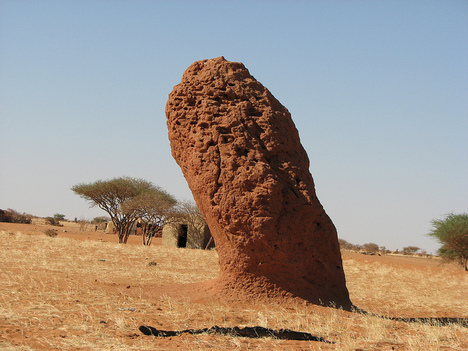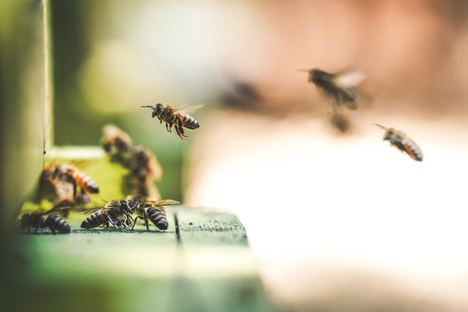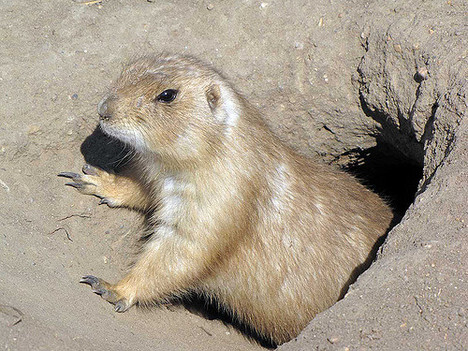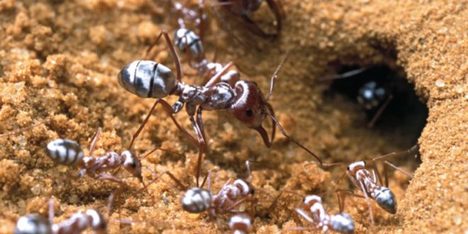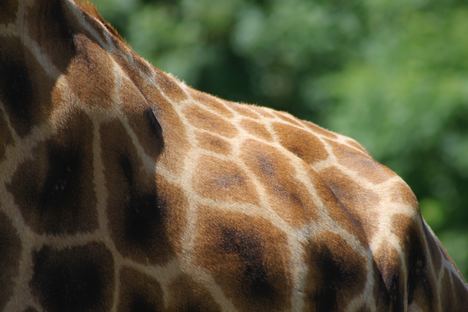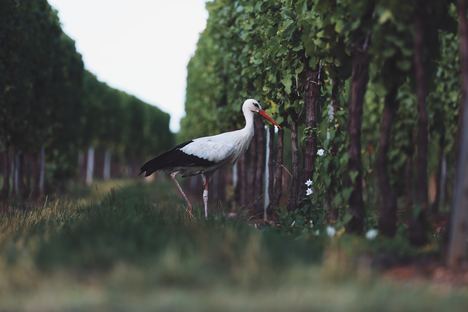| 20 Incredible Ways Animals Keep Cool |
| Written by Administrator |
| Tuesday, 01 May 2018 15:50 |
|
Here is a taste of an excellent article taken from the London based Air Conditioning Company website which provides information about how different animals manage to stay cool in extreme heat. Read about how termites, bees, prairie dogs, ants and others keep cool. 1. Termite Mounds
There’s no doubt about it: termite mounds are incredibly impressive structures. Measuring metres tall, it’s hard to believe that they’re constructed from the ground up by tiny insects. If you compare the height of some of the biggest mounds to the termites that build them, it would be the equivalent of a human being building four Burj Khalifas on top of each other. Without any machinery. What’s even more ingenious about termite mounds is their sophisticated air conditioning systems: the insects construct a nifty system of air pockets creating ventilation via convection, meaning despite the sweltering heat outside, the interior of the mound remains remarkably cool. 2. Beehives
Everyone knows that bees collect nectar from flowers, but not many know that they also harvest water when they’re on their travels. They take it back to the hive and pass it by mouth to the hive bees, who spreads the droplets on the honeycomb. Other busy bees are on duty nearby, fanning the water with their wings to make it cool the hive. Hive bees will refuse to take nectar when more water is needed, which is a signal for forager bees to go out and collect more water. Teamwork at its very best! 3. Prairie Dog Burrows
Prairie dogs need be able to dig underground to escape predators, but they live in huge colonies and things could get rather stuffy in their burrows without proper ventilation. Amazingly, the little mammals have come up with a solution to this, which is to build multiple holes into their burrows, some at ground height and others with a small tower that protrudes slightly higher above the ground. When the breeze blows across the land above the burrows, it moves slightly faster over the holes at the top of the small towers, meaning the warm and stale air inside the burrow is whisked away. 4. Silver Saharan Ants
The silver Saharan ant has to survive in extremely harsh conditions: when it goes in search of food, it has ten minutes before the desert heat will literally fry it. In recent years, scientists have discovered that the beautiful silver hue of the ants comes from unique triangular-shaped hairs on its body which radiate away heat. To prove the theory, they actually shaved the hairs of some ants and found that their hairier companions kept cooler under bright, hot lamps. 5. Giraffes
Giraffes live in exceptionally dry, hot conditions, but they don’t sweat. So how do they keep cool? The answer lies in their beautifully patterned skin, which acts like a network of thermal windows. Giraffes can direct their warmer blood to the vessels at the edges of the spots, forcing heat out of their bodies. And because they’re so big and there’s so much surface area for that skin, it’s a really effective way of cooling off. 6. Koalas
Koalas are famous for being lazy, so you could be forgiven for thinking that one sprawled across a tree branch is just relaxing, but there’s more to it than that: researchers have discovered that many of the trees that koalas inhabit have bark which is cooler than the air temperature. This means that by snuggling up to the cool surface (literally tree-hugging!), koalas have an ingenious method of keeping cool in those intense Australian heatwaves. 7. Storks and Vultures
Possibly one of the most disgusting animal cooling methods we’ve come across is that employed by vultures and some breeds of heron, who literally poo themselves to ward off heat. Birds like this will often defecate on their own legs to cool down. As the liquid from the poo evaporates, the body temperature is lowered. It’s a similar principle to sweating, only more gross. See the entire article @ The Air Conditioning Company |



